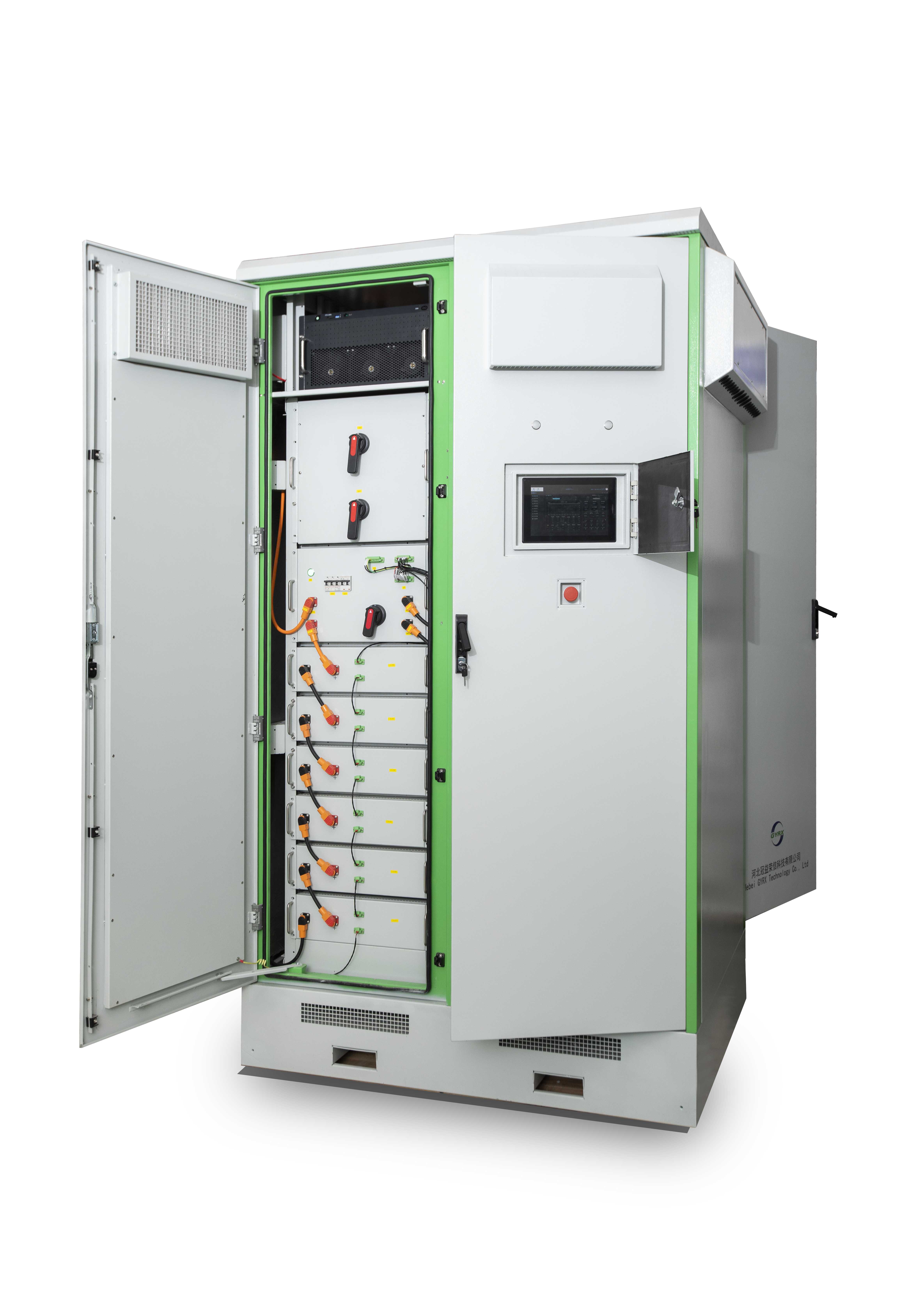
Apr . 23, 2024 12:12 Back to list
What Is The Cheapest Energy Storage? energy storage
What is the cheapest energy storage?
Introduction
In the quest for sustainable and reliable energy sources, the development of cost-effective energy storage systems holds significant importance. Energy storage refers to the process of capturing and storing energy for later use, helping to bridge the gap between energy supply and demand. It plays a crucial role in enhancing the integration of renewable energy sources, improving grid stability, and enabling electricity access in remote areas. While various energy storage technologies exist, this article will delve into exploring the concept of the cheapest energy storage options available today.
PW-164 Industrial and commercial Energy Storage Cabinet Self-Cooling
Understanding Energy Storage
Before discussing the cheapest energy storage options, it is essential to understand the fundamentals of energy storage. At its core, energy storage revolves around the ability to store energy during periods of low demand and release it during times of high demand. Storage technologies aim to capture energy in various forms, such as electrical, thermal, chemical, mechanical, or potential, and convert it back to usable energy as required.
Energy storage systems are typically categorized into two main types: electrochemical and non-electrochemical. Electrochemical storage involves converting chemical energy to electrical energy, such as in batteries, while non-electrochemical storage includes technologies like pumped hydroelectric storage, compressed air energy storage, or flywheels.
The Importance of Cost in Energy Storage Technologies
The cost of energy storage technologies plays a significant role in their widespread adoption and integration into the energy landscape. In recent years, there has been a considerable drive to develop and deploy energy storage systems that are both efficient and affordable. High costs associated with energy storage can hinder its deployment, so finding the cheapest storage options is crucial to achieving energy transition goals.
Exploring the Cheapest Energy Storage Options
1. Pumped Hydroelectric Storage
One of the most cost-effective energy storage solutions is pumped hydroelectric storage (PHS). This technology involves using surplus energy during low-demand periods to pump water from a lower reservoir to an upper reservoir. During periods of high electricity demand, the stored water is released from the upper reservoir, passing through turbines and generating electricity. PHS systems have a long lifespan, low operating costs, and relatively high energy efficiency, making them a highly economical option.
2. Compressed Air Energy Storage
Compressed Air Energy Storage (CAES) is another cost-effective energy storage solution. It utilizes surplus energy to compress air and store it in underground caverns or tanks. When there is a high demand for electricity, the compressed air is released and expanded through turbines, generating electricity. CAES systems offer high efficiency, scalability, and can be integrated with existing natural gas infrastructure, making them a cost-efficient option for large-scale energy storage.
3. Battery Energy Storage Systems
Battery energy storage systems (BESS) have gained significant attention due to their versatility and decreasing costs. They involve the use of rechargeable batteries to store electrical energy for later use. While battery technologies have seen significant advancements, reducing costs to make them more affordable remains a challenge. However, the decreasing costs of lithium-ion batteries, driven by technological improvements and mass manufacturing, have made BESS financially attractive for various applications, including grid-level energy storage and electric vehicles.
4. Thermal Energy Storage
Thermal energy storage (TES) is an energy storage method that utilizes temperature differences to store and release energy. It involves storing thermal energy in heated or cooled substances such as water, molten salts, or phase-change materials. When energy is required, the stored heat can be used directly or converted into mechanical energy. TES systems can be cost-effective and are widely used in heating, ventilation, and air conditioning (HVAC) applications. Additionally, they have the potential to play a significant role in solar power plants by storing excess thermal energy for later use.
5. Hydrogen Energy Storage
Hydrogen is considered a promising energy carrier for the future, and storing energy in the form of hydrogen can be a cost-effective solution. Hydrogen can be produced through electrolysis, where surplus electricity is used to split water into hydrogen and oxygen. The hydrogen can be stored and later utilized in fuel cells for electricity generation or converted back to electrical energy through combustion in turbines or internal combustion engines. While hydrogen energy storage has great potential, further advancements are needed to reduce costs associated with hydrogen production, storage, and infrastructure.
Conclusion
Energy storage is a vital component in achieving a sustainable and reliable energy system. Cost-efficient energy storage technologies are essential for the widespread adoption of renewable energy sources, improving grid stability, and ensuring universal access to electricity. While various options exist, including pumped hydroelectric storage, compressed air energy storage, battery energy storage systems, thermal energy storage, and hydrogen energy storage, ongoing research and development efforts focus on reducing costs and improving the performance of these technologies. The quest for the cheapest energy storage continues to drive innovation and holds the potential for a greener and more sustainable future.
-
Stackable Battery System: Revolutionizing C&I Energy Storage with Suzhou ACDC
NewsJul.21,2025
-
Revolutionizing EV Charging with Suzhou DC Quick Charging Stations Solutions
NewsJul.21,2025
-
Revolutionize Your Power Needs with Suzhou ACDC's Portable Power Station Solutions
NewsJul.21,2025
-
Outdoor Integrated Temperature Control Cabinet: Elevating Energy Storage Cabinet Efficiency
NewsJul.21,2025
-
Container Type Energy Storage System: Revolutionizing Energy Storage with Stackable Battery Solutions
NewsJul.21,2025
-
Advanced Self-Cooling Energy Storage Cabinet Solutions
NewsJul.21,2025
























